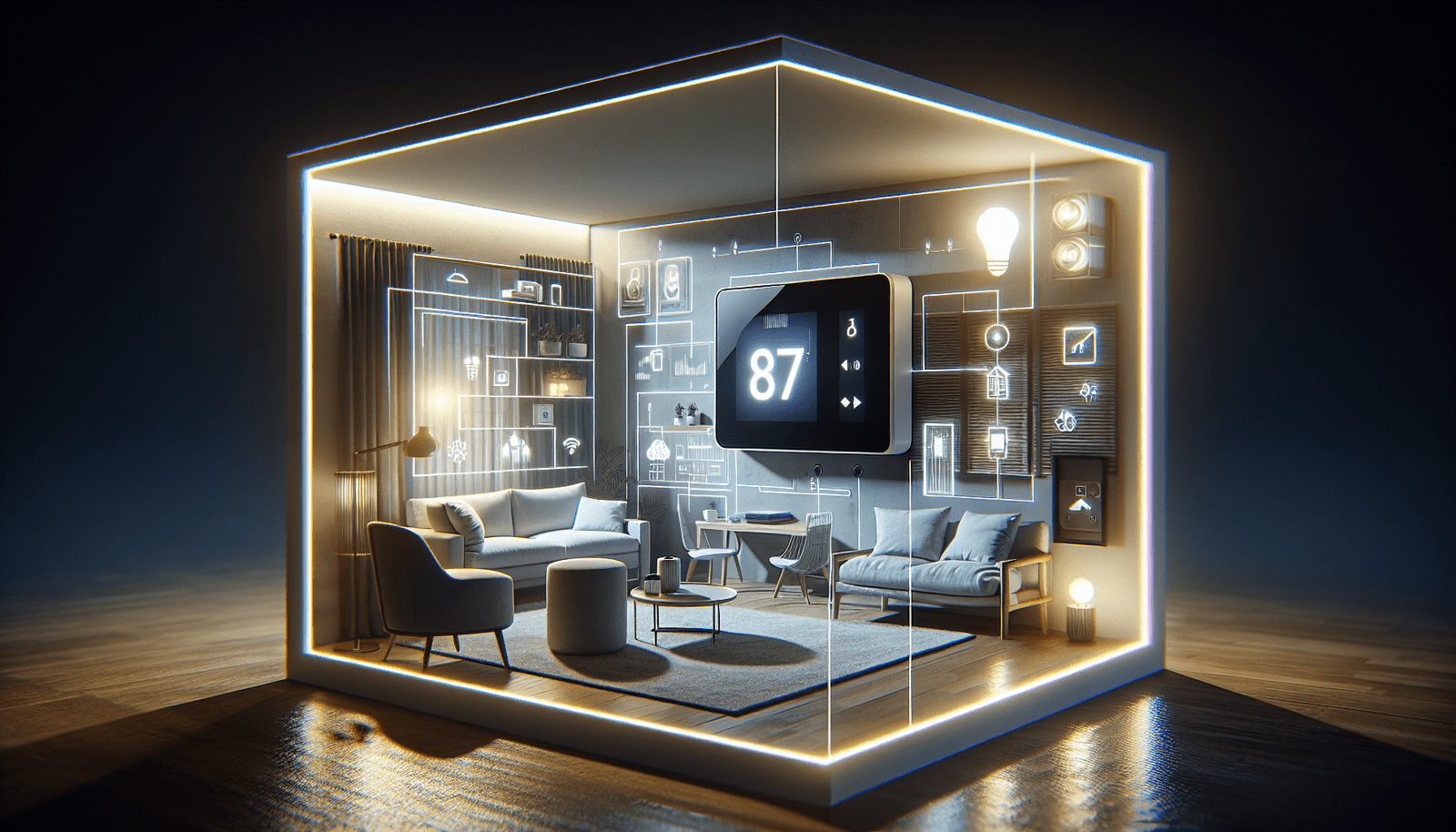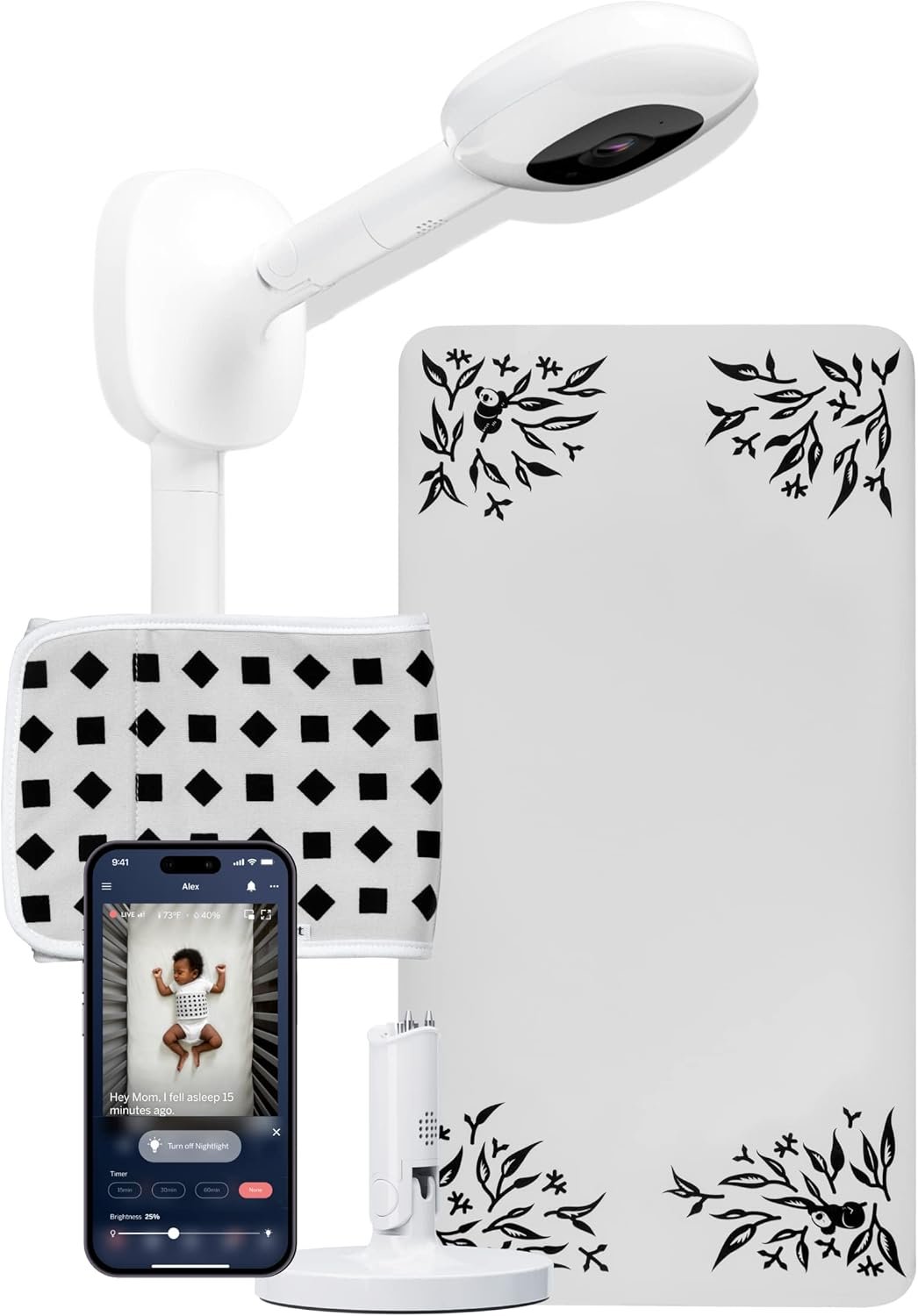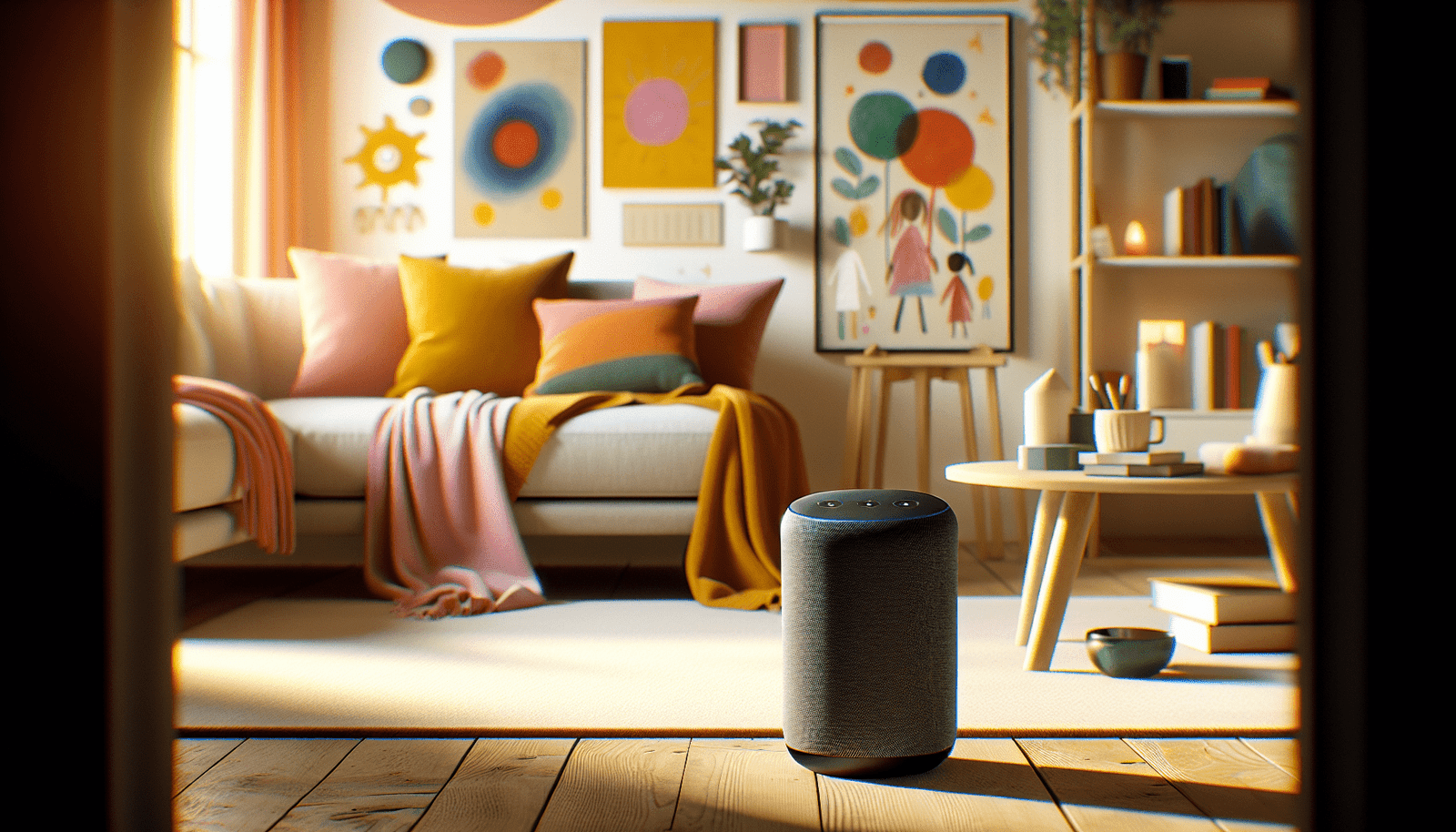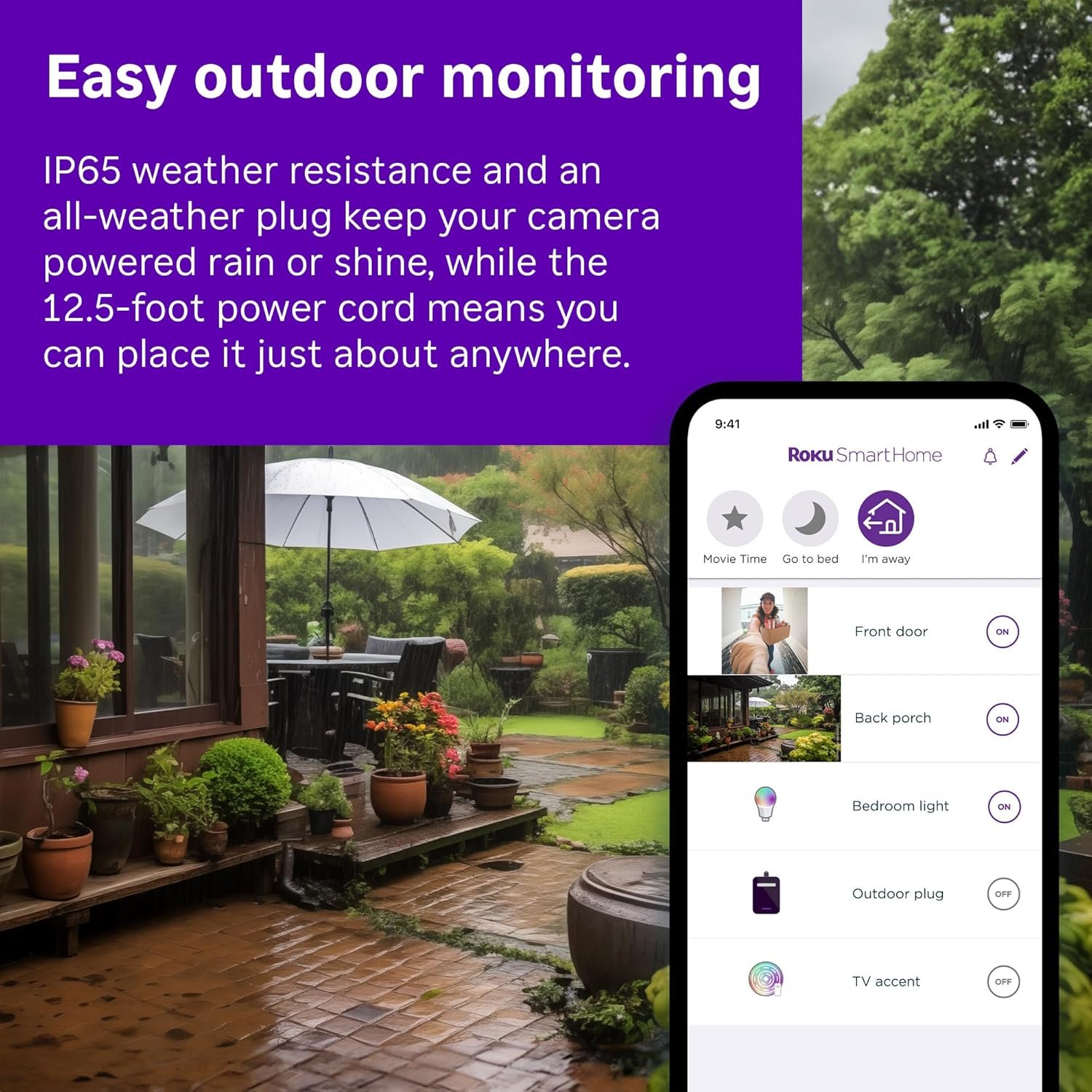Have you ever thought about how technology has transformed the way we live?
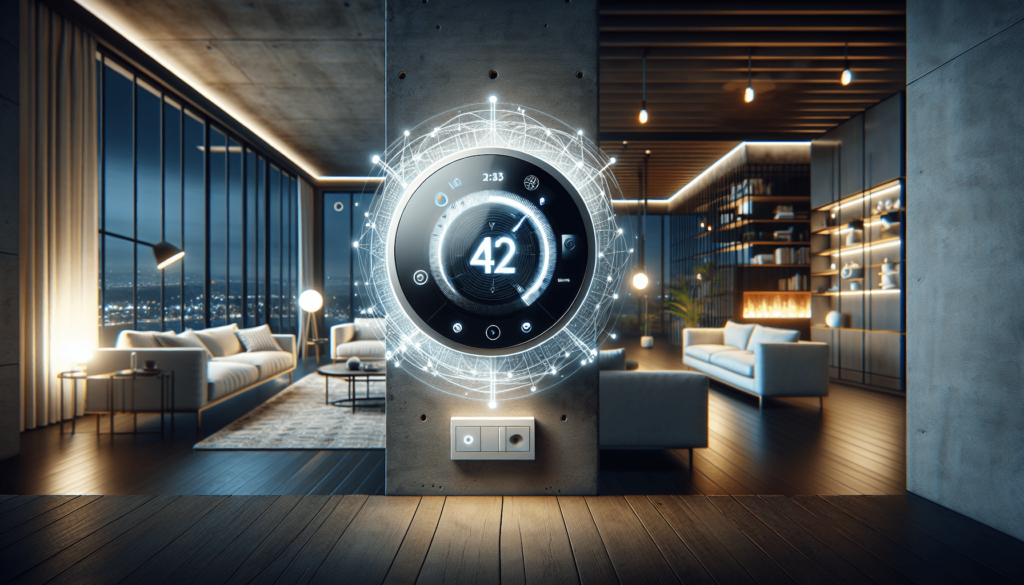
Understanding the Smart Home Concept
The idea of a smart home goes beyond just having flashy gadgets. It’s about creating a living space that responds to your needs and preferences effortlessly. Imagine walking into your house, and it lights up, the temperature adjusts, and your favorite music starts playing without you lifting a finger. Sounds appealing, right?
A smart home utilizes various interconnected devices that can communicate with each other and can be controlled remotely via smartphones or other devices. This integration helps streamline everyday tasks, making your life more comfortable and efficient.
The Foundation of Smart Home Living
Smart home living isn’t just a trend; it’s an evolution in how we interact with our environments. By making informed choices, you can turn your living space into a hub of convenience and technology. This transformation can lead to improved energy efficiency, enhanced security, and even time-saving solutions.
As technology advances, homes equipped with smart devices are becoming more popular. From smart bulbs to security cameras, you can transform your house into a responsive ecosystem, tailored to meet your unique lifestyle.
Key Components of a Smart Home
Smart Home Devices
At the heart of a smart home are its devices. These smart devices provide the functionality and connectivity that simplify life in numerous ways. Here’s a look at some of the most common smart home devices:
| Device Type | Description |
|---|---|
| Smart Speakers | Voice-activated assistants (like Amazon Alexa or Google Assistant) that can control other smart devices, play music, and provide information. |
| Smart Thermostats | Devices that learn your temperature preferences and adjust accordingly, saving energy and providing comfort. |
| Smart Lights | LED bulbs that can be controlled remotely, dimmed, or set on schedules to enhance ambiance and save energy. |
| Smart Security Cameras | Cameras that allow you to monitor your home in real-time, receive alerts, and even communicate through two-way audio. |
| Smart Lock Systems | Keyless entry systems that allow you to lock or unlock your doors remotely, enhancing your home’s security. |
| Smart Appliances | Devices like refrigerators, ovens, and washing machines that can be controlled remotely for added convenience. |
Each of these smart devices contributes to creating a more efficient living environment. They can be programmed to work together, giving you control over multiple aspects of your home from one central location.
Integration and Communication
The magic often happens when these devices work in harmony. For a fully functional smart home, it’s essential to use devices that can easily communicate with each other. Most smart devices utilize protocols like Wi-Fi, Zigbee, or Z-Wave, allowing them to interact seamlessly.
Understanding these protocols can help you choose compatible devices when you decide to start or upgrade your smart home. Opting for devices that connect via Wi-Fi may seem tempting due to their widespread availability, but investing in Zigbee or Z-Wave compatible devices can lead to better performance in the long run.
Central Hubs
Having a central hub can dramatically improve the cohesiveness of your smart home. A smart hub acts as the brain of your home automation system, allowing you to control various devices from a single app or interface. Popular options include:
- Amazon Echo Plus
- Samsung SmartThings Hub
- Google Nest Hub
Using a central hub not only simplifies the management of multiple devices but also enhances functionalities when devices are linked through automation routines. You can create scenes like “Good Morning” or “Leaving Home” to set your devices on different actions simultaneously, optimizing your day-to-day routine.
Learning How to Integrate Smart Devices into Your Home
Integrating smart devices into your home doesn’t have to be a daunting task. With a bit of planning and consideration, you can create a space that feels intuitive and comfortable. Here are steps to help guide you through the process.
Assess Your Needs
First, take a moment to think about your lifestyle. What areas do you want to enhance? Whether it’s energy management, security, or convenience, identifying your primary goals will help you choose the right devices.
For instance, if you’re concerned about security, investing in smart cameras and locks might be your priority. If your goal is to save energy, smart thermostats and lighting could be key players.
Start Small
You don’t have to overhaul your entire home at once. Starting small allows you to gradually adapt to using smart devices and integrate them into your existing routines. Consider beginning with one or two devices that align with your primary goals and expand from there.
Research Compatibility
Before you purchase any smart devices, check their compatibility with your existing devices. If you opt for a hub, ensure that the devices you choose can connect to it, preventing frustration down the line.
Installation
Most smart devices are designed for user-friendly installation, so you won’t need a professional in most cases. Many brands provide detailed instructions, and there are also plenty of tutorials available online. However, don’t hesitate to reach out to the manufacturer if you encounter any difficulties during setup.
Customize Your Settings
Once your devices are up and running, spend some time customizing their settings. Many devices allow for extensive personalization, from setting routines to adjusting sensitivity levels.
For example, smart lights can often be programmed to adjust brightness or color temperature based on the time of day. This can create an inviting atmosphere in the evening while keeping your space energized during the day.
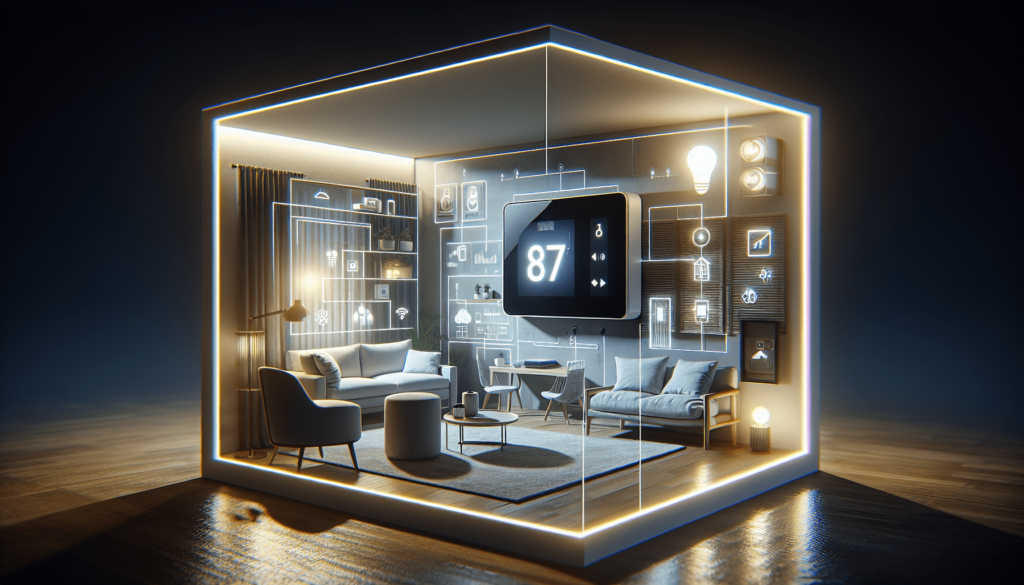
Benefits of a Smart Home
Adopting smart home technology offers a multitude of advantages that can significantly improve your quality of life. Here’s a breakdown of some key benefits:
Enhanced Convenience
With devices that can be controlled from anywhere, daily chores can become much easier. Whether you want to lower the thermostat while you’re at work or turn on your lights before you arrive home, the convenience of smart homes cannot be overstated.
Energy Efficiency
Smart devices can help you save on utility bills. For instance, smart thermostats learn your habits and optimize temperature settings, while smart lighting can turn off lights when rooms are unoccupied. These small changes can add up to significant savings over time.
Improved Security
You can enjoy peace of mind knowing that your home is secure, even when you’re away. Smart security devices like cameras and motion detectors keep you informed if anything unusual occurs. You’re also able to monitor your home from anywhere through your smartphone.
Increased Home Value
While it may seem like a hefty investment at first, smart home technology can enhance the value of your property. More buyers are interested in homes with smart features, making it a worthwhile consideration if you decide to put your home on the market in the future.
Challenges of Adopting Smart Home Technology
While the benefits are numerous, navigating the world of smart homes isn’t without its challenges. Understanding potential drawbacks can help you make informed decisions.
Initial Costs
Getting started with smart home technology can require significant upfront costs, depending on the devices you choose. While lower-pricing options are available, investing in quality devices may lead to better performance and longevity.
Complexity
As smart homes rely heavily on technology, users may feel overwhelmed, particularly if they are less tech-savvy. While most devices aim for simplicity, some configurations can be intricate. Don’t hesitate to seek help, whether through customer support or community forums, if you encounter difficulties.
Privacy Concerns
Smart devices often come with data-sharing features for improved functionality. This has raised privacy concerns for many users regarding how their information is collected and used. To mitigate these concerns, be mindful of the privacy settings offered by each device and review the terms of use carefully.
The Future of Smart Homes
The smart home technology industry is continuously evolving, creating exciting opportunities for further integration and innovation. Here’s a peek into what the future may hold:
Advanced Automation
As artificial intelligence continues to improve, automated systems will become more sophisticated. Imagine an intelligent home that anticipates your needs—turning on the heating before you come home on a cold day or suggesting meal recipes based on the ingredients in your smart refrigerator.
Interconnected Devices
In the near future, we can expect all devices to work together in a more seamless manner, regardless of the brand. This level of interoperability will enhance user experience and remove the need for multiple apps to control different devices.
Sustainable Living
Smart home technology can contribute to a more sustainable future. With growing awareness around climate change, many manufacturers focus on creating eco-friendly devices. These devices not only improve your home but also reduce your ecological footprint.
Enhanced Security Measures
The security capabilities of smart devices are likely to enhance with advancements in technology. Expect to see improvements in facial recognition, alerts, and more granular control options.
Final Thoughts
The concept of a smart home goes far beyond mere convenience; it represents a lifestyle enhancement that combines technology with your personal preferences. With the right devices and a little planning, you can create an environment that is secure, efficient, and truly reflective of your personal taste.
Take your time as you journey into the world of smart home technology. Remember that it’s not about replacing everything overnight but integrating devices that genuinely enhance your lifestyle. You’ve already taken the first step by considering this concept—now it’s time to shape your living space into something extraordinary.
